Unlocking the Passion, Power, and Paint Splatters of the Movement That Shook the Canvas
Big Feelings, Bigger Strokes
Let’s face it—Abstract Expressionism sounds like something your pretentious cousin brings up at Thanksgiving. But underneath all that art speak is a rebellious, raw, and radically emotional movement that threw art history into a blender and hit “puree.” Think big canvases, bigger emotions, and brushstrokes that scream louder than a group chat argument.
Born in the 1940s and ‘50s, mostly in New York (aka the cool kids’ cafeteria of the art world), Abstract Expressionism was the first American art movement to go global. Jackson Pollock drip-danced his way to icon status, while Mark Rothko made feelings feel like cathedral windows. And Willem de Kooning? He slashed the canvas like it insulted his mother.
What Even Is Abstract Expressionism?
Abstract Expressionism, or “AbEx” if you’re hip, isn’t about painting stuff you recognize—it’s about painting stuff they feel. No sunsets, no fruit bowls, just pure human experience smeared, splashed, and scraped onto canvas. It’s raw. It’s messy. It’s… kind of emo, but in an empowering way.
“I don’t use the accident. I deny the accident.”
—Jackson Pollock
This was the era of art’s existential crisis. Artists weren’t trying to capture what they saw—they were trying to process what it meant to be alive after World War II, during Cold War paranoia, and inside a New York apartment with questionable heating.
Key Players You Should Totally Name-Drop
- Jackson Pollock: The Beyoncé of splatter painting. He didn’t just paint—he choreographed chaos.
- Mark Rothko: Emo rectangles that make you want to cry in a museum (in a good way).
- Lee Krasner: Pollock’s partner and an absolute color genius. Her work punches hard.
- Helen Frankenthaler: Invented the soak-stain technique and made puddles of paint feel poetic.
- Franz Kline: Turned black and white brushstrokes into visual punk rock.
- William de Kooning: His gritty, expressive style comes through in capturing the messy beauty of the movement.
Why It Still Hits Today
Abstract Expressionism has stayed iconic even in our TikTok-fueled world of bite-sized dopamine hits. Why? Because we’re still trying to make sense of chaos, and these works get that. There’s something deeply human about looking at a canvas and not knowing exactly what it means—just that it means something, or doesn’t need to mean anything. It’s vibes over visuals. Energy over explanations. Feels over figures.
Plus, let’s be honest: AbEx looks great on a gallery wall, a hoodie, or an NFT marketplace. It’s timeless chaos, rebranded as cool.
“Art never seems to make me peaceful or pure. I always seem to be wrapped in the melodrama of vulgarity.”
—Willem de Kooning
Want to Start Your Own AbEx Adventure?
Don’t just stare—splatter. Try your own abstract expressionist piece. Grab a giant canvas (or let’s be real, an old bedsheet), crank some Nina Simone, and let your brush loose. And if that’s not your thing, support living artists who channel that same emotional fire into their work.
“I’m not an abstractionist… I’m interested only in expressing basic human emotions—tragedy, ecstasy, doom, and so on.”
—Mark Rothko
Final Brushstroke
Abstract Expressionism isn’t just paint on canvas—it’s paint on nerve endings. It’s messy, emotional, and somehow both deeply personal and completely universal. And whether you’re crying in front of a Rothko or buying a zine from your local art market, you’re keeping the spirit alive.
So go ahead. Feel things loudly. Paint even louder.
Looking to explore more art genres? Head over to JoeLatimer.com for a multidisciplinary, visually stunning experience. ☮️❤️🎨
Enjoy this blog? Please help spread the word via:


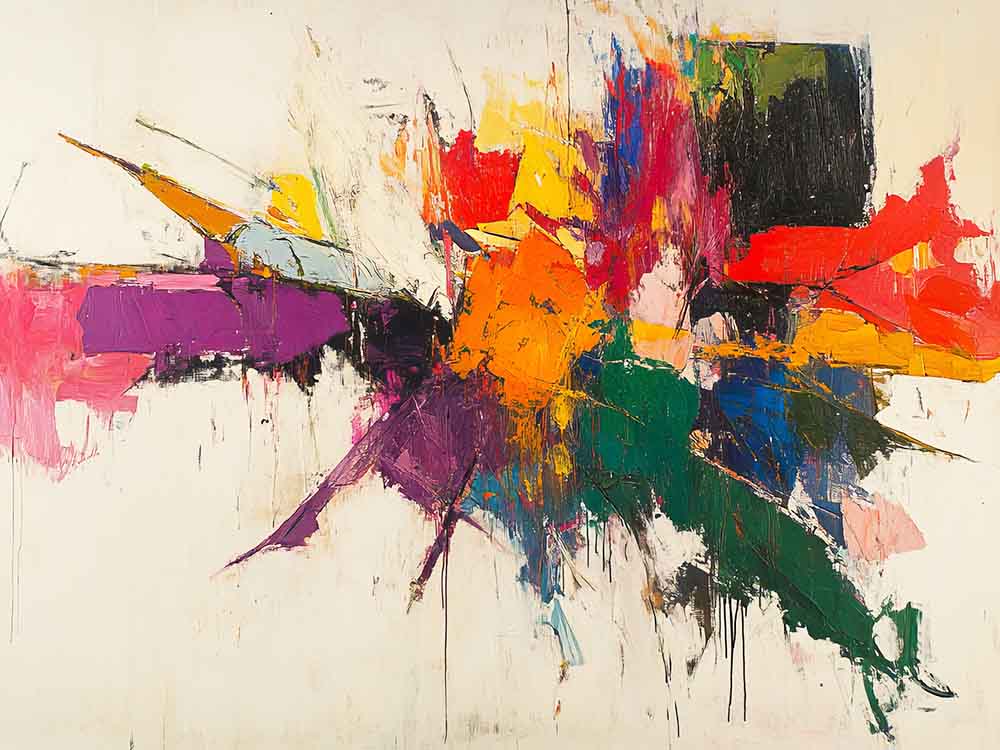
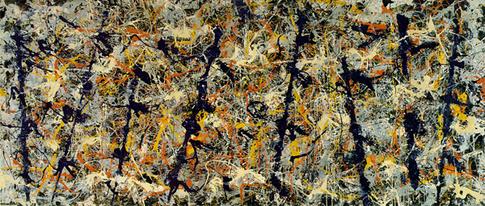
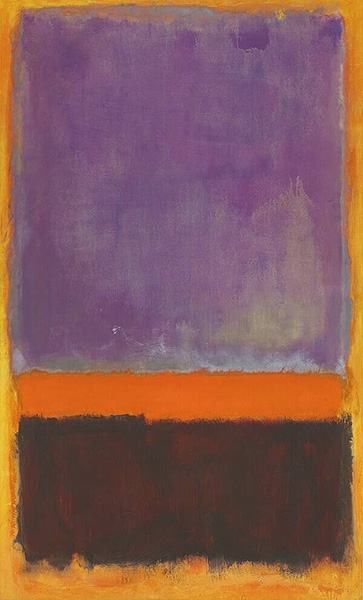
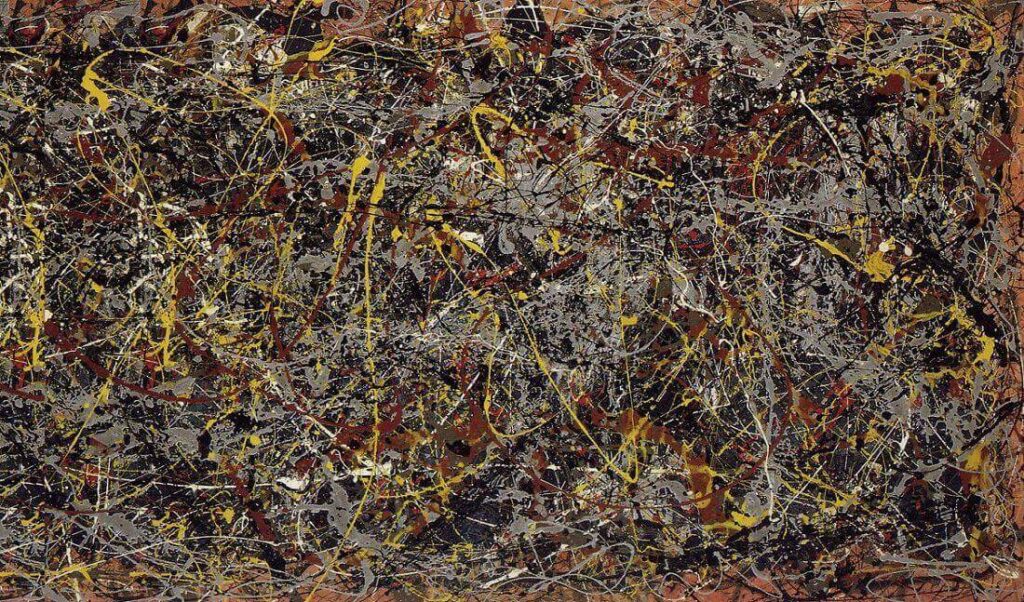
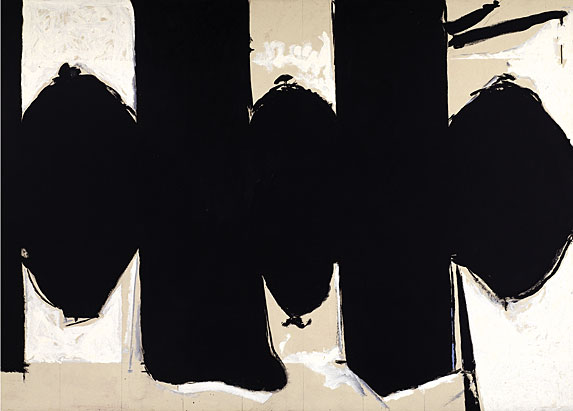
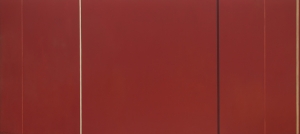
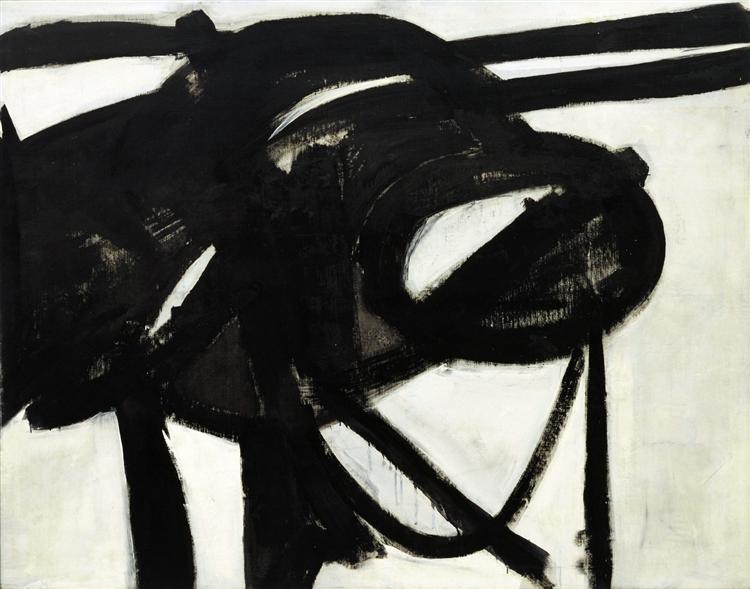
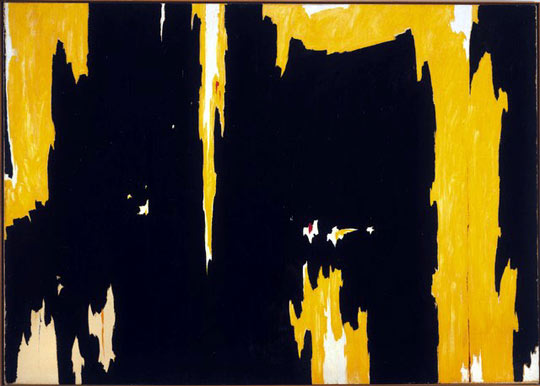
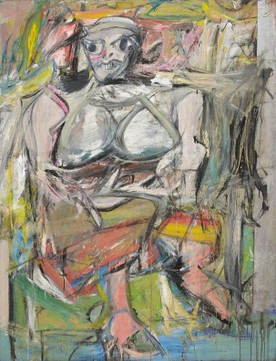
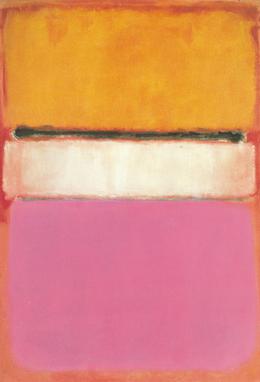
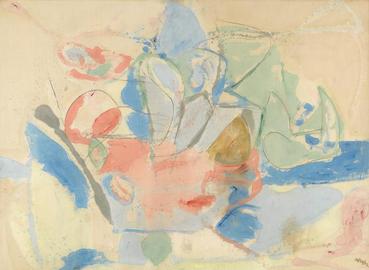
One Comment